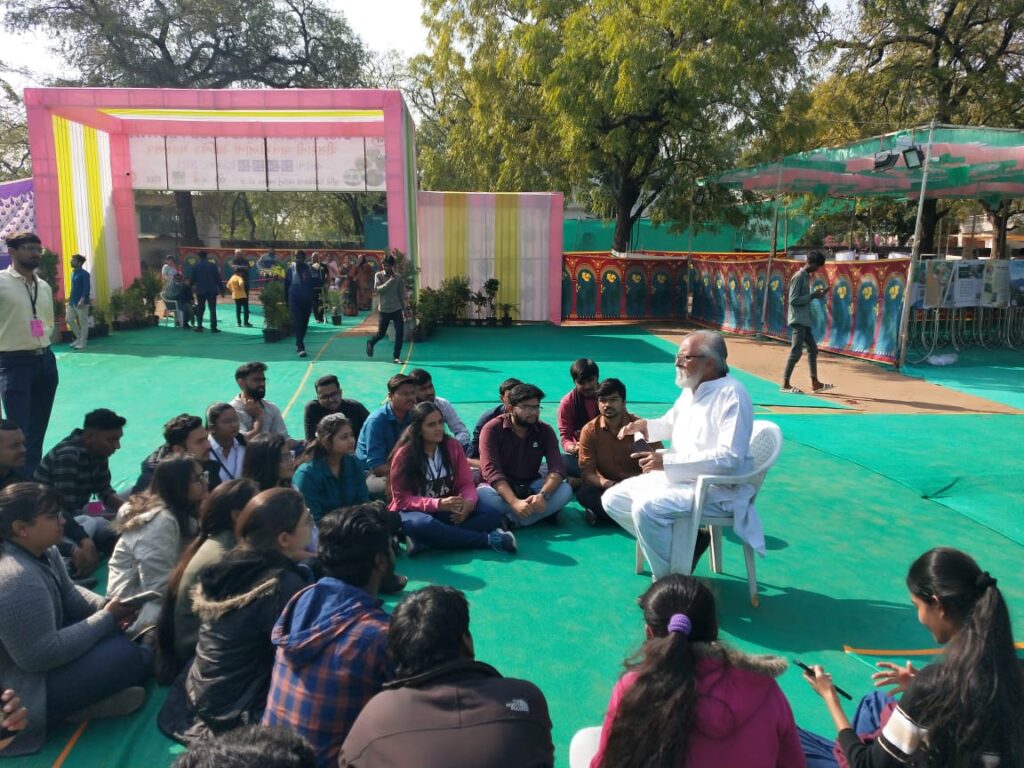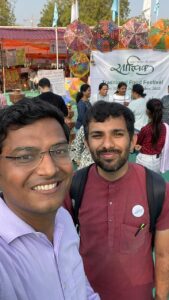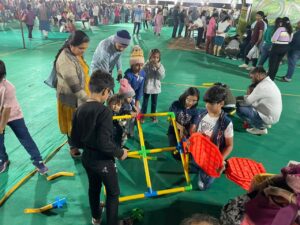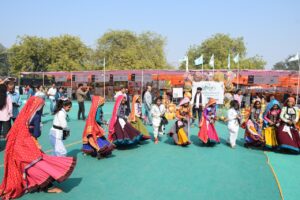Raising a well-rounded child involves more than just love and care—it requires a focused effort on developing essential skills and attitudes that will prepare them for life’s challenges. This guide offers practical advice on assessing and enhancing 19 critical areas of development, ensuring your child achieves their full potential.
1. Organizational Ability
Evaluation Method: Watch how your child organizes their personal space, schoolwork, and play area.
Development Tip: Introduce organizing games and storage systems that reward putting things in their place.
2. Technical Skills
Evaluation Method: Observe how your child interacts with technology and mechanical tools.
Development Tip: Provide age-appropriate tech kits, like robotics or DIY electronics, to stimulate interest and learning.
3. Creativity
Evaluation Method: Note their approach to open-ended tasks like drawing or building.
Development Tip: Encourage participation in various arts and crafts activities to foster creative expression.
4. Entrepreneurial Skills/Risk-Taker
Evaluation Method: See how they handle new and challenging situations.
Development Tip: Support them in setting up a small business, like a lemonade stand, to teach basics of risk and reward.
5. Flexibility/Adaptability
Evaluation Method: Observe reactions to changes in plans or routines.
Development Tip: Regularly change routines slightly to teach adaptability.
6. Tactfulness
Evaluation Method: Watch their interactions in sensitive situations.
Development Tip: Role-play different scenarios to teach thoughtful responses and sensitivity.
7. Communication Skills (Verbal)
Evaluation Method: Assess clarity and effectiveness in everyday conversations and formal presentations.
Development Tip: Encourage public speaking through classes or family discussions.
8. Initiative
Evaluation Method: Notice when they begin tasks or projects without being asked.
Development Tip: Create opportunities for them to choose and lead activities.
9. Strategic Planning Skills
Evaluation Method: Evaluate their approach to multi-step projects or games.
Development Tip: Involve them in planning family events to practice setting and following steps.
10. Problem-Solving Skills
Evaluation Method: Observe how they deal with obstacles during play or homework.
Development Tip: Encourage them to brainstorm solutions before offering help.
11. Ability to Work in a Team
Evaluation Method: Watch interactions in group settings, like sports or school projects.
Development Tip: Encourage team sports or group learning activities to enhance cooperation.
12. Communication Skills (Written)
Evaluation Method: Review their writing for clarity, organization, and expressiveness.
Development Tip: Promote writing through journals, letters, or story creation.
13. Detail-Oriented
Evaluation Method: Check the thoroughness of homework and chores.
Development Tip: Create detailed-oriented tasks like model building or intricate art projects.
14. Friendly/Outgoing Personality
Evaluation Method: Observe their ease in making friends and interacting in social settings.
Development Tip: Arrange playdates and social activities to encourage open interactions.
15. Interpersonal Skills (Relates Well to Others)
Evaluation Method: Note their ability to maintain friendships and interact with various age groups.
Development Tip: Teach and model empathy and listening skills during family time.
16. Computer Skills
Evaluation Method: Assess their proficiency with software and internet navigation.
Development Tip: Enroll them in coding classes or provide educational software.
17. Strong Work Ethic
Evaluation Method: Observe their persistence and dedication to completing tasks.
Development Tip: Set consistent standards and reward diligence and effort over outcomes.
18. Leadership
Evaluation Method: Watch for moments they naturally take charge in group activities.
Development Tip: Encourage leadership roles in clubs, sports, or school to develop this skill.
19. Analytical/Quantitative Skills
Evaluation Method: Evaluate their problem-solving and reasoning in math and science tasks.
Development Tip: Engage them in games that require critical thinking, such as chess or math puzzles.
This comprehensive guide empowers you to actively engage in and support your child’s development across a broad spectrum of skills and attitudes. By taking the time to observe, evaluate, and guide your child through these formative years, you set them up for a successful and balanced future. For more detailed insights and strategies, consider exploring the works of the following experts:
References and Further Reading
- Organizational Skills: “Mind in the Making: The Seven Essential Life Skills Every Child Needs” by Ellen Galinsky offers strategies on fostering organizational skills among other critical life skills.
- Technical Skills: “Invent To Learn: Making, Tinkering, and Engineering in the Classroom” by Sylvia Libow Martinez and Gary Stager provides a thorough look into using technology to enhance learning.
- Creativity: “The Element: How Finding Your Passion Changes Everything” by Ken Robinson explores the importance of creativity in education and personal development.
- Entrepreneurial Skills/Risk-Taker: “Raising Can-Do Kids: Giving Children the Tools to Thrive in a Fast-Changing World” by Richard Rende and Jen Prosek discusses fostering entrepreneurial spirit in children.
- Flexibility/Adaptability: “The Yes Brain: How to Cultivate Courage, Curiosity, and Resilience in Your Child” by Daniel J. Siegel and Tina Payne Bryson focuses on promoting adaptability and resilience.
- Tactfulness: “How to Talk So Kids Will Listen & Listen So Kids Will Talk” by Adele Faber and Elaine Mazlish provides insights into effective communication with children.
- Verbal Communication Skills: “Talk With Me: The Big Book of Exemplary Communicative Language Teaching Activities” by Joan Kang Shin and Jered Borup, which includes practical activities to enhance verbal skills.
- Initiative: “Drive: The Surprising Truth About What Motivates Us” by Daniel H. Pink explores the psychology of self-motivation and how it can be nurtured.
- Strategic Planning Skills: “The Art of Strategy: A Game Theorist’s Guide to Success in Business and Life” by Avinash K. Dixit and Barry J. Nalebuff offers approaches to developing strategic thinking.
- Problem-Solving Skills: “The 5 Elements of Effective Thinking” by Edward B. Burger and Michael Starbird outlines practical methods to enhance problem-solving skills.
- Teamwork: “The Five Dysfunctions of a Team: A Leadership Fable” by Patrick Lencioni provides insights into fostering effective teamwork skills.
- Written Communication Skills: “Everybody Writes: Your Go-To Guide to Creating Ridiculously Good Content” by Ann Handley offers advice on improving writing skills.
- Attention to Detail: “Sweat the Small Stuff: And It’s All Small Stuff” by Richard Carlson emphasizes the importance of attention to detail in daily life.
- Outgoing Personality: “Quiet: The Power of Introverts in a World That Can’t Stop Talking” by Susan Cain, while focused on introverts, provides valuable insights into nurturing social skills in quieter children.
- Interpersonal Skills: “Social Intelligence: The New Science of Human Relationships” by Daniel Goleman explores the complexities of social interactions and how to develop them.
- Computer Skills: “Hello World: Being Human in the Age of Algorithms” by Hannah Fry discusses the significance of understanding technology and computational thinking.
- Work Ethic: “Grit: The Power of Passion and Perseverance” by Angela Duckworth delves into the psychology behind persistence and how it can be cultivated.
- Leadership: “Leaders Eat Last: Why Some Teams Pull Together and Others Don’t” by Simon Sinek offers perspectives on leadership development.
- Analytical/Quantitative Skills: “Thinking, Fast and Slow” by Daniel Kahneman provides a deep dive into human thought processes, including analytical thinking.
By exploring these resources, you can gain deeper insights into each area of development and find more nuanced ways to support your child’s growth.









